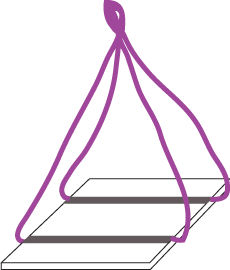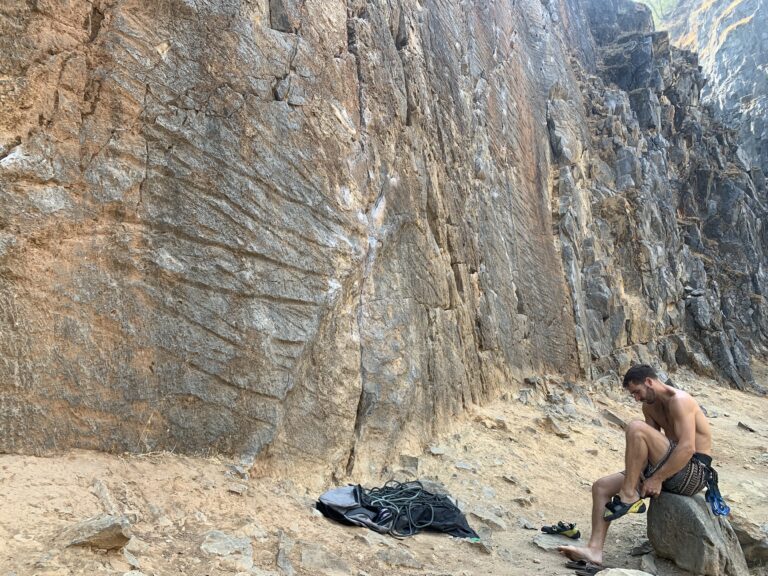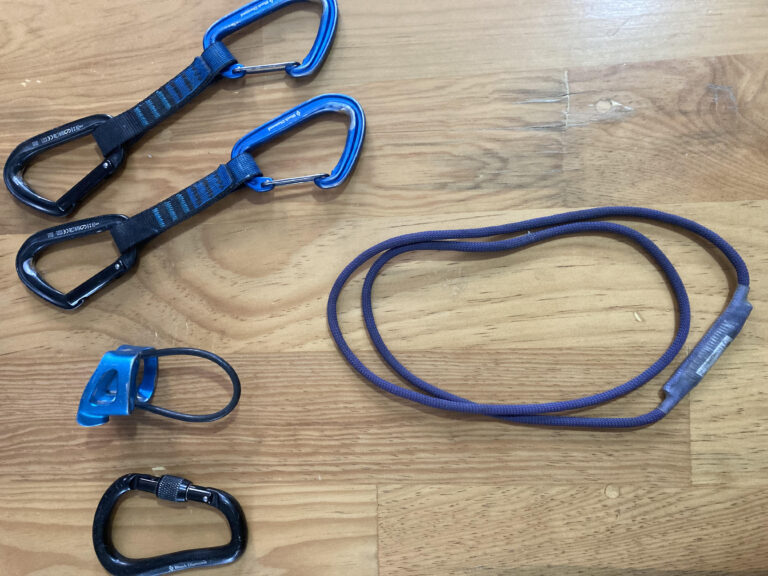How to Place Nuts When Lead Climbing or Building Anchors
Last Updated on: 31st March 2023, 10:57 am
Cams are the sexy darlings of the climbing protection world, but don’t forget about nuts (also known as chocks, stoppers, and rocks, the last two of which are the trademarked names of the nuts made by Black Diamond and Wild Country, respectively). They’re cheap, easy to place, easy to visually inspect, and, when placed properly, bombproof.
The video below gives a great rundown of how to place nuts and other types of passive protection.
The actual talk starts at 0:27 (before that is all intro stuff). From 2:50 to 3:34, the instructor about removing/cleaning nuts.
Below is another great video that talks about placing nuts. The bit about placing nuts (“rocks”) starts at 1:25 and goes till 3:20:
Extras
Want to watch some more instructional videos? Anchoring with Nuts over on YouTube might do the trick.
Here’s some great information from the Black Diamond Stopper instruction sheet (PDF):
◆ Place the Stopper … in a tapering constriction in the
rock where it will resist the anticipated direction of pull.
◆ Place the Stopper … so that it contacts as much of the
rock as possible.
◆ Test your placements by jerking on the cable or attached carabiner
in all possible directions of pull. “Setting” the placement may
make it less likely to shift or fall out as the rope pulls on it.
◆ When removing a Stopper … from a crack it may be
necessary to loosen it using a nut tool. Do not repeatedly bend
the cable at sharp angles, because doing so will weaken and
eventually break the cable.
WARNING!
! Always use a carabiner to clip to the cable wire. Never thread
webbing directly through a Stopper … cable.
! Avoid placing protection where the cable will be bent over a
sharp edge when loaded.
! Always ensure that passive protection is placed in strong rock.
Avoid rock that is fractured or unsupported.
! Wet or icy cracks have less friction than a dry crack. Gear
placed in wet or icy cracks may not be secure.
! Always place several pieces of protection when placing anchors
or when the consequence of a single piece failing would be
severe.
! Climbing gear is rated near its minimum failure load. This
means that a unit could break close to its rated strength.
In addition to that, the Wild Country Rocks instruction sheet (PDF) has some great information, as does the one for DMM Wallnuts (PDF).
![[Still image taken from the second video above]](https://theundercling.com/wp-content/uploads/2014/03/how-to-place-nuts-600x387.jpg)


